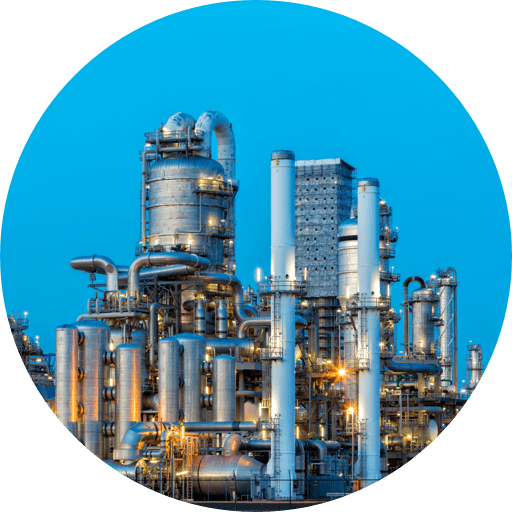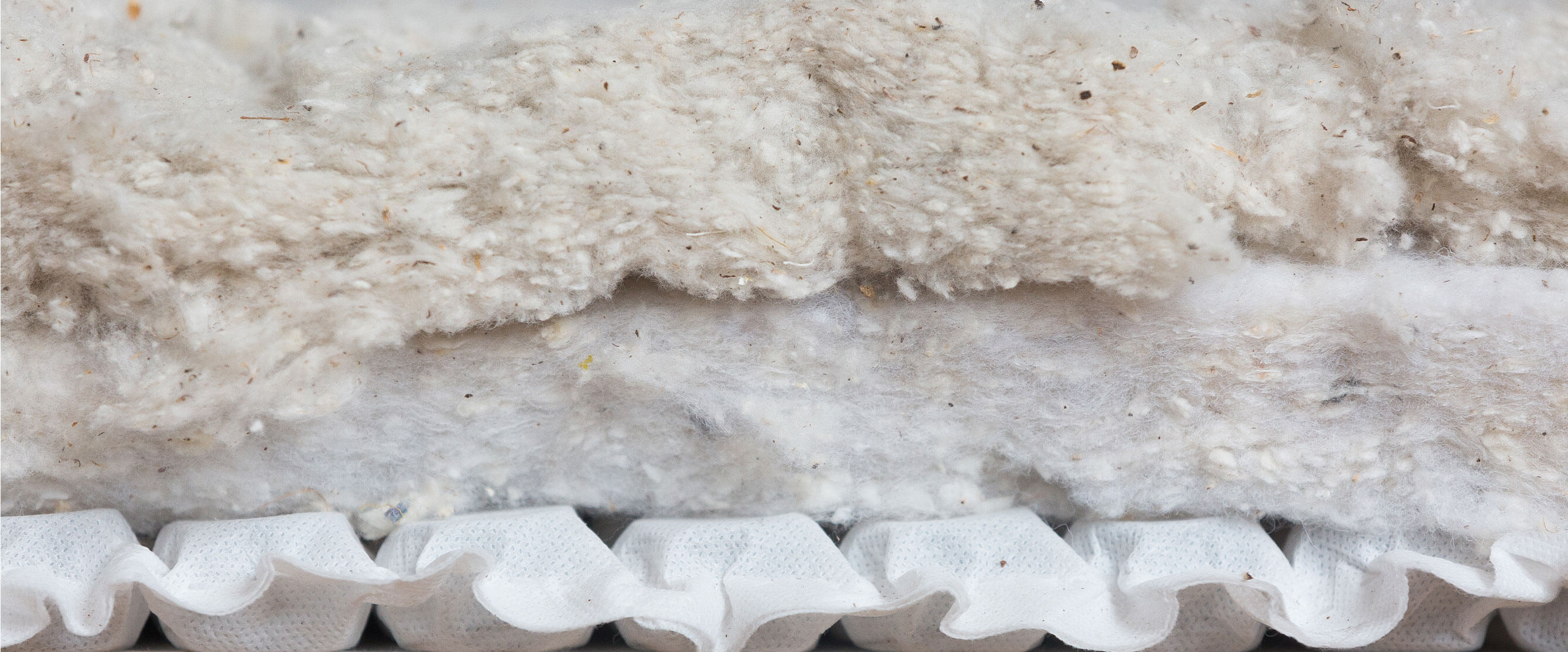The foams used in mattresses are man-made, mostly derived from petroleum. You see these in forms like ‘polyurethane foam’, ‘base foam’, ‘memory foam’, ‘visco-elastic foam’, ‘gel-memory foam’ or other names. The only other distinctive foam is latex, which can come from trees but is then often chemically treated in a modern factory production process.
Industry likes to use foam because it is economically efficient (cheaper) to produce and control how it feels.
The unpleasant truth about foam

Foam, foam everywhere

“So what if my bed has foam?”
Well, you might want to know…It does not breathe, so you sleep hot.
The fact is that foam does not breathe well so it traps heat and moisture, which are all bad for sleeping. Some newer foam has been produced to alleviate some of that with “cooling” or “heat dissipating” technology, but that does not really solve the problem. It's basic common sense that foam and plastic do not breathe well. This is why when you sit on a plastic chair or wear rubber gloves, your skin can quickly sweat.
Wool and cotton fibers breathe and naturally wick moisture away, and foam can’t do that.



Foam, foam everywhere
In fact, most foam mattress products specifically CANNOT claim to be “safe”, “non-toxic”, “chemical-free” or “non-carcinogenic”. No thanks!
VOC’s, or ‘Off-Gassing’, are associated byproducts of foam and foam mattresses and best avoided. Even "certified" foam can contain chemicals like Benzene, Toluene, Cadmium, Chromium, Cadmium, Tributyltin and other chemicals.
You don’t have to go to a ‘green’ website to learn the truth about foam, there are reputable sources like the EPA, NIH, NASA, and others:
Indoor Air Quality Association video on VOC's
Foam is man-made, not natural. Regular foam, gel foam and memory foam are all made from petroleum. Even latex foam, which comes from rubber, is mechanically and chemically processed from its original form.

| Allowable trace chemicals in foam production |
| Formaldehyde |
| Benzene |
| Toluene |
| Styrene |
| Aromatic hydrocarbons |
| TVOC Emissions |
| Antimony (Sb) |
| Arsenic (As) |
| Cadmium (Cd) |
| Chromium total (Cr) |
| Cobalt (Co) |
| Copper (Cu) |
| Lead (Pb) |
| Nickel (Ni) |
| Mercury (Hg) |
| Selenium (Se) |
| Tributyltin (TBT) |
| Disononyl phthalate |
| Di-n-octylphthalate |
| Di-2-ethylhexyl phthalate |
| Di-isodecyl pthalate |
| Butylbenzylpthalate |
| Di-butyl phthalate |
| Di-n-hexyl phthalate |
| Toluenediamine |
| Diaminodiphenylmethane |
| pentabromodiphenyl ether |
| octabromodiphenyl ether |
| decabromodiphenyl ether |

Important notice: the truth.
Whether it's memory foam, gel foam, polyfoam, or most any type of foam found in all kinds of mattresses, they may contain trace amounts of the chemicals listed on your left, like Chromium, Cadmium, and Tributyltin.
Reputable mattress manufacturers use foams that meet governmental standards set limits on the allowable safe use of such chemicals. And these products are within the limits considered safe by industry and governmental agencies. However, you still have a choice whether you want to use products containing these materials.
Many bed companies say they’re “proud” of their certified foams. Do you want to sleep and breathe these materials, 8 hours per night, every year, for life?




